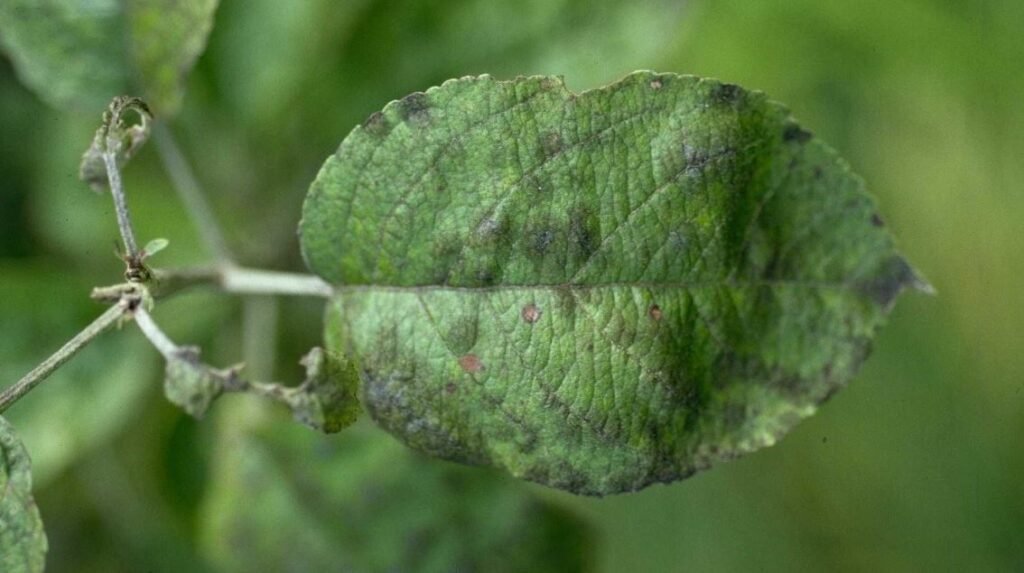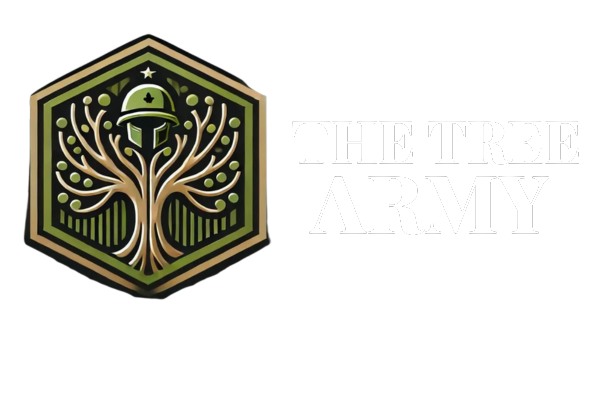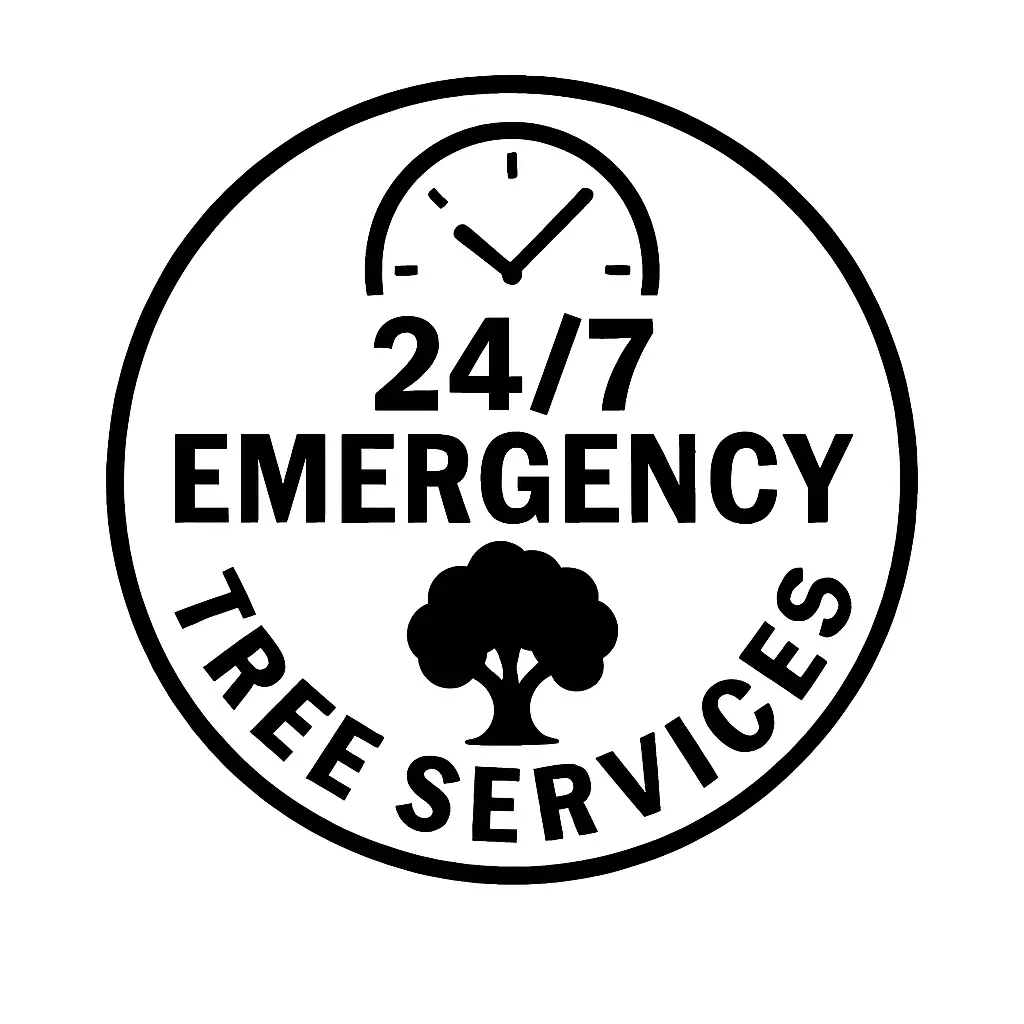How to Identify and Treat Common Tree Diseases

Trees are the lungs of the earth. They provide us with unlimited benefits, including cleaner air and oxygen. But like every other living organism, they can become susceptible to diseases, and if left untreated they can cause the death of our greens and harm our landscapes. It is important to understand what can cause these diseases to make our trees structurally strong. In this blog, we will discover the most common diseases and learn about the early warning signs so that one can take action before it’s too late to save our trees. Why Tree Health Matters Strong trees offer multiple advantages. They take in carbon dioxide besides give off oxygen. They give homes to wild animals and prevent the erosion of soil. Moreover, they increase the real estate value of our property and enhance the curb appeal. If they are not maintained and neglected, they could fall ill and harm the integrity of our outdoor sanctuaries. Signs and Symptoms of a Diseased Tree Tree Diseases have many symptoms, but many signs sometimes go unnoticed. Often they are not very serious, but if one learns about the early warning signs, they could save their trees. Common Tree Diseases and How to Identify Them 1. Fungal Tree Diseases A regular cause of tree illness remains fungi. Because they move through spores, their growth is helped by wind, rain, and bugs. Powdery Mildew Common in: Oaks, maples, dogwoods, fruit trees. Symptoms: What causes it? Anthracnose Common in: These diseases affect mostly camores, oaks, maples, and dogwoods. How to identify? Caused by: Root Rot (Phytophthora & Armillaria) Common in: Homeowners who have conifers, fruit trees and hardwoods. Symptoms: Caused by: Overwatering, poor drainage, Soil compaction and fungal infection. Dutch Elm Disease This fungal disease is only found in elm trees. It shows the following symptoms, which means the tree is affected by it: Cause: It spreads by elm bark beetles carrying fungal spores and even the root connection between trees. 2. Bacterial Tree Diseases There are two most common bacterial diseases through wounds, insect bites, and water droplets. Fire Blight affects apple, pear, and hawthorn trees. Spreading by insects, wind or rain, it thrives in humid and warm weather. Symptoms: This disease is most common in oaks, maples, and sycamores. Symptoms: Caused by: 3. Viral Tree Diseases Viral diseases or infections are less likely to affect a tree. But if it infects it, it is harder to treat it. They often spread through insects, infected tools and even contaminated soil. Mosaic Virus Mosaic virus most commonly affects citrus trees, peaches, and ornamentals. It is caused by contaminated tools or soil. Symptoms that indicate infection: Spread by: Oak Wilt This disease affects only red and white oak trees. Symptoms: Spreads by: Chemical and Organic Treatments for Tree Diseases 1. Fungicide Treatments If used and applied correctly, fungicides help prevent and control fungal infections. Best Fungicides for Tree Diseases: When to Apply: Application Tips: 2. Natural & Organic Solutions For environmental enthusiasts, this is the perfect option to manage tree diseases. But they may take longer to show results and are safer to the environment and wildlife. Best Organic Treatments: How to Apply: Contact a professional: If the tree damage is too severe, you can also hire an arborist and receive certified help Immediate Steps to Take if Your Tree is Infected When you notice any signs of disease, take prompt action to prevent further damage. You can do the following: For long-term prevention, adopt these strategies to save your trees: Conclusion No doubt, tree diseases can be destructive and can compromise the safety of landscapes, but identifying and treating them early can save your trees. By adopting prevention strategies one can make their greens thrive for a lifetime. You can also contact a professional arborist if the disease is too severe. All of this ensures your tree remains healthy and strong for generations to come.




